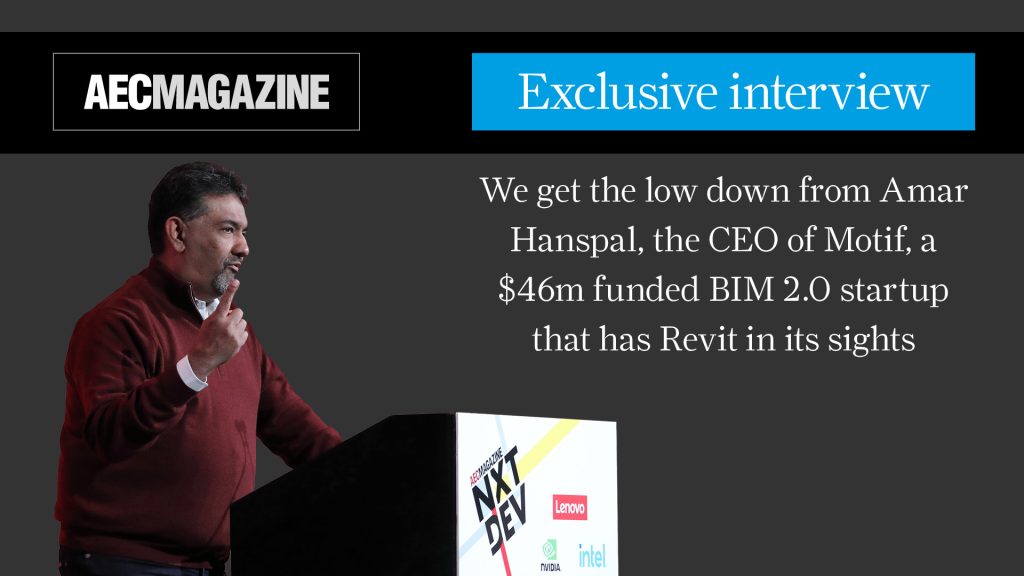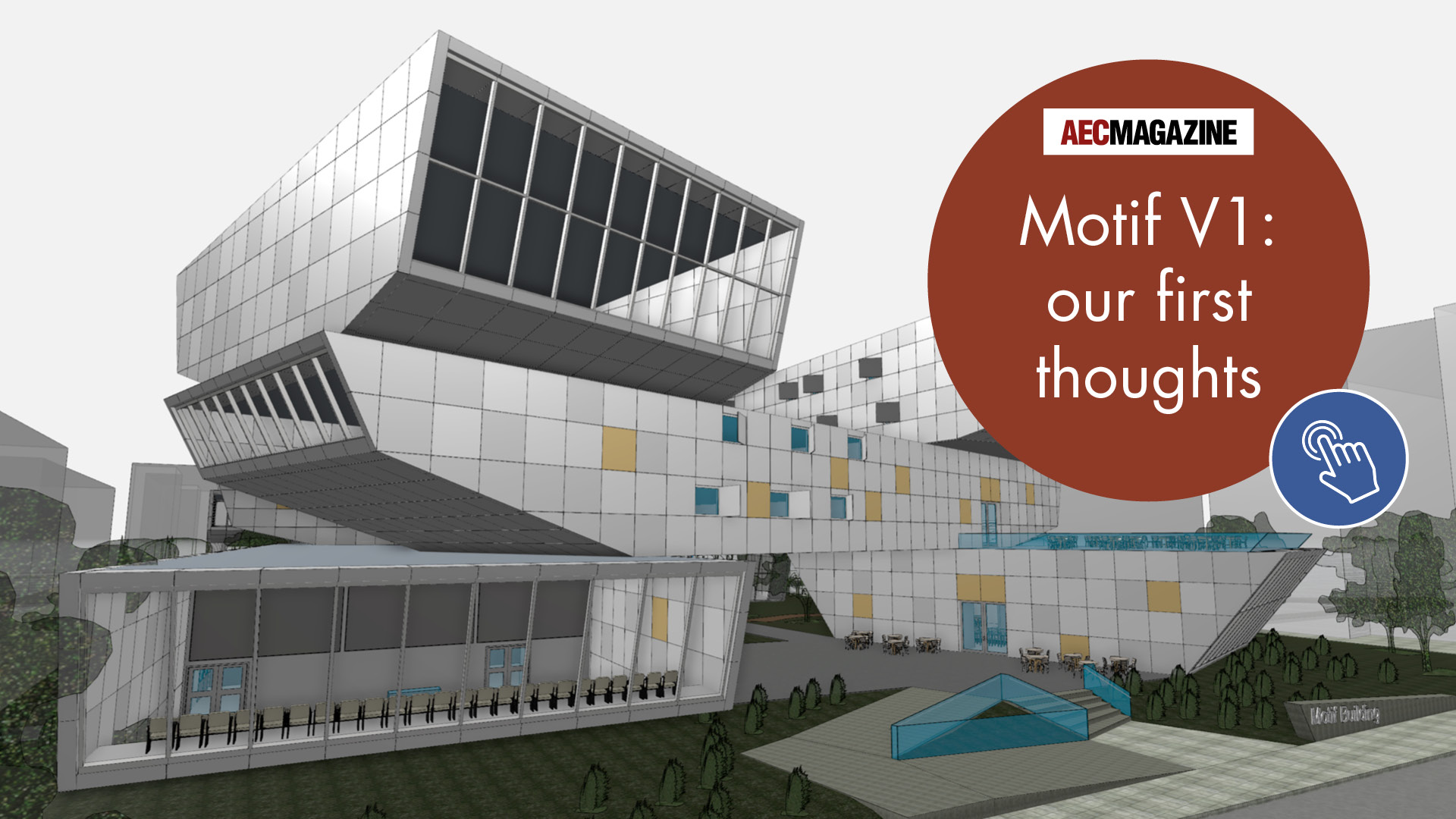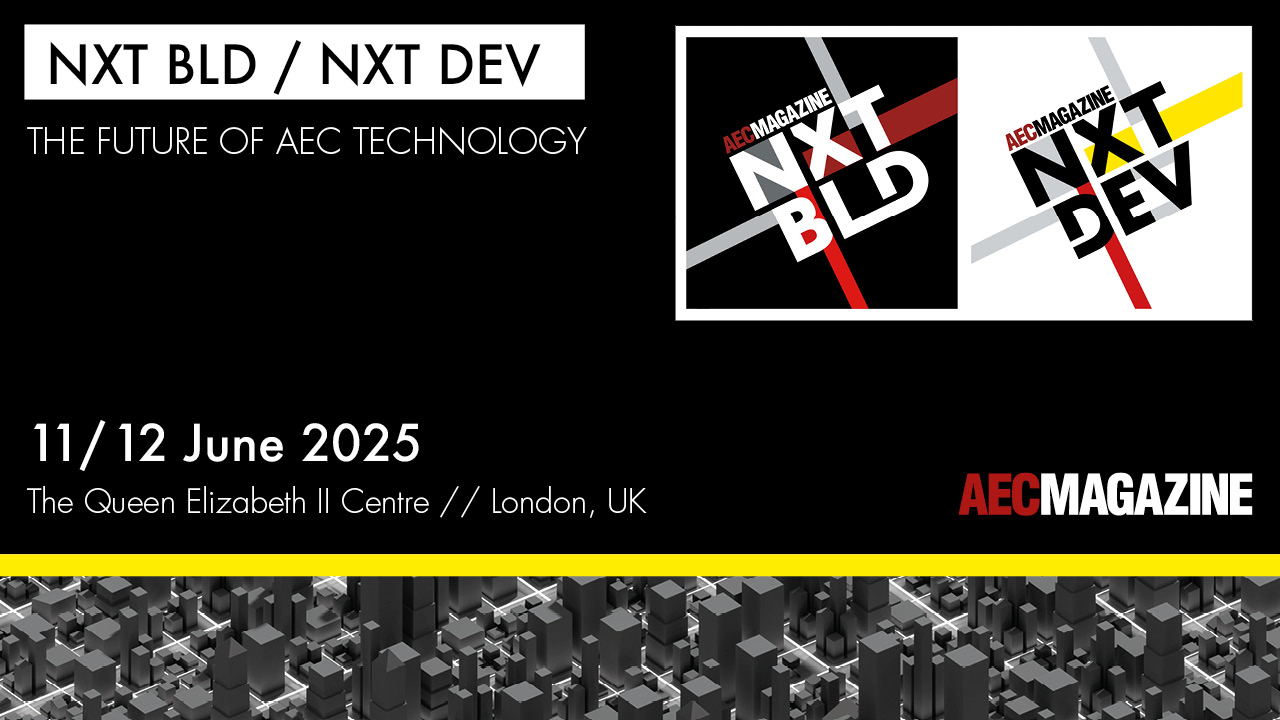BIM startup Motif has just emerged from stealth, aiming to take on Revit and provide holistic solutions to the fractured AEC industry. Led by former Autodesk co-CEO Amar Hanspal and backed by a whopping $46 million in funding, Motif stands out in a crowded field. In an exclusive interview, Martyn Day explores its potential impact.
The race to challenge Autodesk Revit with next-generation BIM tools has intensified with the launch of Motif, a startup that has just emerged out of stealth. Motif joins other startups including Arcol, Qonic, and Snaptrude, who are already on steady development paths to tackle collaborative BIM. However, like any newcomer competing with a well-established incumbent, it will take years to achieve full feature parity. This is even the case for Autodesk’s next generation cloud-based AEC technology, Forma.
What all these new tools can do quickly, is bring new ideas and capabilities into existing Revit (RVT) AEC workflows. This year, we’re beginning to see this happening across the developer community, a topic that will be discussed in great detail at our NXT BLD and NXT DEV conferences on 11 and 12 June 2025 at the Queen Elizabeth II Centre in London.
Though a late entrant to the market, Motif stands out. It’s led by Amar Hanspal and Brian Mathews, two former Autodesk executives who played pivotal roles in shaping Autodesk’s product development portfolio.
Hanspal was Autodesk CPO and, for a while, joint CEO. Mathews was Autodesk VP platform engineering / Autodesk Labs and lead the industry’s charge into adopting reality capture. They know where the bodies are buried and have decades of experience in software ideation, running large teams and have immediate global networks with leading design IT directors. Their proven track record also makes it easier for them to raise capital and be taken as a serious contender from the get-go.
Further reading – Motif V1: our first thoughts
Motif
In late January, the company had its official launch alongside key VC investors. Motif secured $46 million in seed and Series A funding. The Series A round was led by CapitalG, Alphabet’s independent growth fund, while the seed round was led by Redpoint Ventures. Pre-seed venture firm Baukunst also participated in both rounds. This makes Motif the second largest funded start-up in the ‘BIM’ space – the biggest being HighArc, a cloud-based expert system for US homebuilders, at $80 million.
While Motif has been in stealth for almost two years, operating under the name AmBr (we are guessing for Amar and Brian). Major global architecture firms have been involved in shaping the development of the software, even before any code was written, all under strict NDAs (Non-disclosure Agreements).
The firms working with Hanspal’s team deliver the most geometrically complex and large projects. The core idea is that by tackling the needs of signature architectural practices, the software should deliver more than enough capability for those who focus on more traditional, low risk.
There is considerable appetite to replace the existing industry standard software tools. This hunger has been expressed in multiple ‘Open Letters to Autodesk’, based on a wish for more capable BIM tools – a zeitgeist which Motif is looking to harness, as BIM eventually becomes a replacement market.
The challenge
Motif’s mission is to modernise the AEC software industry, which it sees as being dominated by ‘outdated 20th-century technology’. Motif aims to create a next-generation platform for building design, integrating 3D, cloud, and machine learning technologies. Challenges such as climate resilience, rapid urbanisation modelling, and working with globally distributed teams will be addressed, and the company’s solutions will integrate smart building technology.
Motif will fuse 3D, cloud, and AI with support for open data standards within a real-time collaborative platform, featuring deep automation. The unified database will be granular, enabling sharing at the element level. This, in many ways follows the developments of other BIM start-ups such as Snaptrude and Arcol, which pitch themselves as the ‘Figma’ for BIM. In fact, Hanspal was an early investor in Arcol, alongside Procore’s Tooey Courtemanche.
At the moment, there is no software for the public to see, just some hints of the possible interface on the company’s website. Access is request only. AEC Magazine is not privy to any product demonstrations, only what we have gleamed through conversations with Motif employees. The launch provided us with an exclusive interview with Hanspal to discuss the company, the technology and what the BIM industry needs.
A quantum of history
Before we dive into the interview, let’s have a quick look at how we got here. At Autodesk University 2016, while serving as Autodesk’s joint CEO, Hanspal introduced his bold vision for the future of BIM. Called Project Quantum, the aim was to create a new platform that would move BIM workflows to the cloud, providing a common data environment (CDE) for collaborative working.
Hanspal aimed to address problems which were endemic in the industry, arising from the federated nature of Architecture, Engineering, and Construction (AEC) processes and how software, up to that point, doubled down on this problem by storing data in unconnected silos.
Instead of focusing on rewriting or regenerating Revit as a desktop application, the vision was to create a cloud-based environment to enable different professionals to work on the same project data, but with different views and tools, all connected through the Quantum platform.
Quantum would feature connecting workspaces, breaking down the monolithic structure of typical AEC solutions. This would allow data and logic to be accessible anywhere on the network and available on demand, in the appropriate application for a given task. These workspaces were to be based on professional definitions, providing architects, structural engineers, MEP (Mechanical, Electrical, and Plumbing) professionals, fabricators, and contractors with access to the specific tools they need.
Hanspal recognised that interoperability was a big problem, and any new solution needed to facilitate interoperability between different software systems, acting as a broker, moving data between different data silos. One of the key aspects of Quantum was that the data would be granular, so instead of sharing entire models, Quantum could transport just the components required. This would mean users receive only the information pertinent to their task, without the “noise” of unnecessary data.
Eight months later, the Autodesk board elected fellow joint CEO, Andrew Anagnost as Autodesk CEO and Hanspal left Autodesk. Meanwhile, the concept of Quantum lived on and development teams continued exploratory work under Jim Awe, Autodesk’s chief software architect.
Months turned into years and by 2019, Project Quantum had been rebranded Project Plasma, as the underlying technology was seen as a much broader company-wide effort to build a cloud-based data-centric approach to design data . Ultimately, Autodesk acquired Spacemaker in 2020 and assigned its team to develop the technology into Autodesk Forma, which launched in 2023—more than six years after Hanspal first introduced the Quantum concept.
However, Forma is still at the conceptual stage, with Revit continuing to be the desktop BIM workflow, with all its underlying issues.
In many respects, Hanspal predicted the future for next generation BIM in his 2016 Autodesk University address. Up until that point Autodesk had wrestled for years with cloud-based design tools, with its first test being Mechanical CAD (MCAD) software, Autodesk Fusion, which demoed in 2009 and shipped in 2013. Cloud-based design applications were a tad ahead of the web standards and infrastructure which have helped product like Figma make an impact.
In conversation
On leaving Autodesk in 2017, after his 15+ year stint, Hanspal thought long and hard about what to do next. In various conversations over the years, he admitted that the most obvious software demand was for a new modern-coded BIM tool, as he had proposed in some detail with Quantum. However, Hanspal was mindful that it might be seen as sour grapes. Plus, developing a true Revit competitor came with a steep price tag—he estimated it would take over $200 million. Instead, Hanspal opted to start Bright Machines, a company which delivers the scalable automation of robot modules with control software which uses computer vision machine learning to manufacture small goods, like electronics.
After almost four years at Bright Machines, in 2021, Hanspal exited and returned to the AEC problem, which, in the meantime, had not made any progress. During COVID, AEC Magazine was talking with some very early start-ups, and pretty much all had been in contact with Hanspal for advice and/or stewardship.
Martyn Day: Your approach to the market isn’t a single-platform approach, like Revit?
Amar Hanspal: In contrast to the monolithic approach of applications like Revit, we aim to target specific issues and workflows. There will be common elements. With the cloud, you build a common back end, but the idea is that you solve specific problems along the way. You only need one user management system, one payment system, collaboration etc. There are some technology layers that are common. But the idea is about solving end-user problems like design review, modelling, editing, QA, QC.
This isn’t a secret! I talked about this in the Quantum thing seven years ago! I always say ideas are not unique. Execution is. When it comes down to it, can anybody else do this? Of course they can. Will they do this? Of course not!
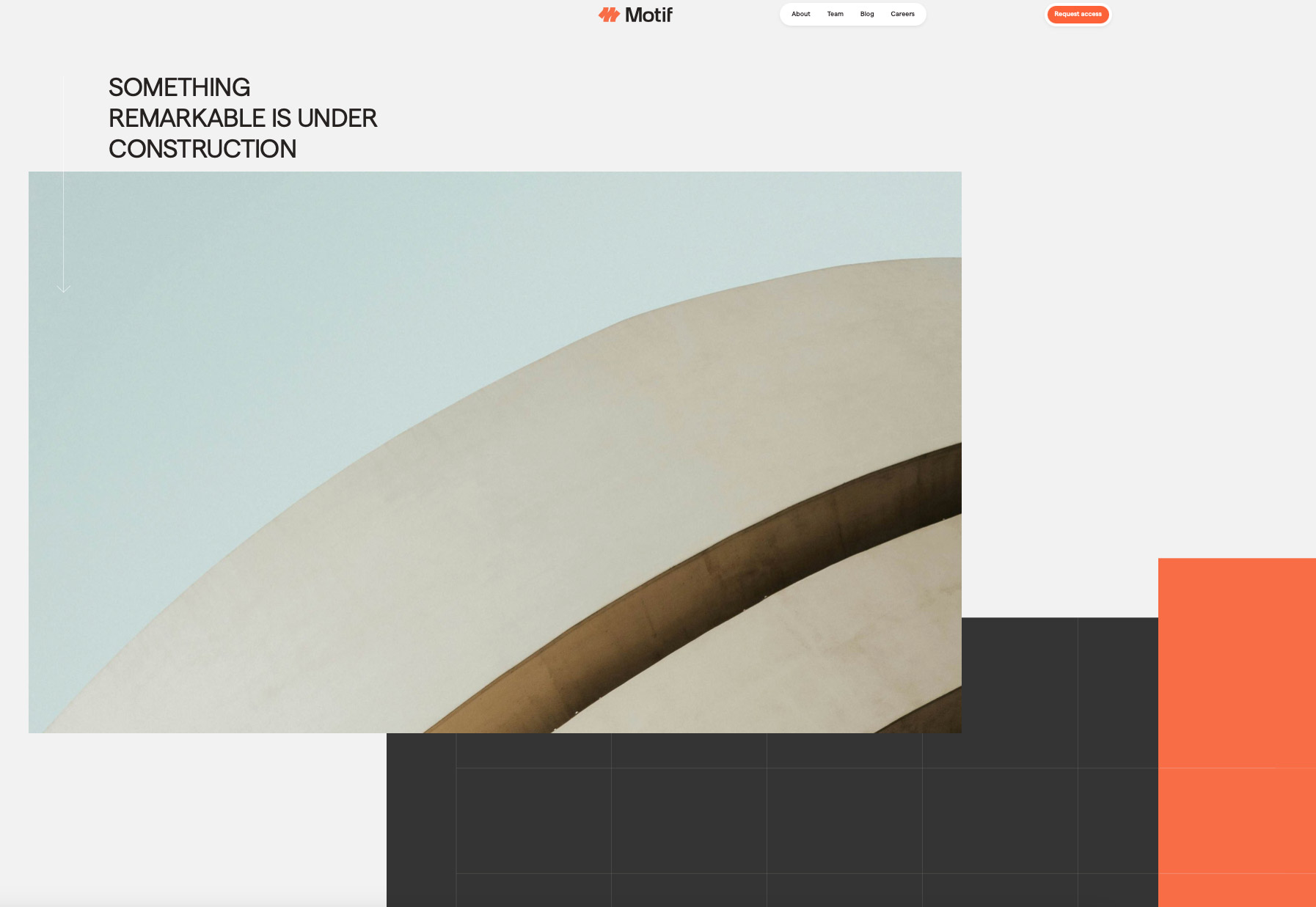
Martyn Day: Data storage and flow is a core differential from BIM 2.0. Will your system use granular data, and how will you bypass limitations of browser-based applications. You talk about ‘open’, which is very in vogue. Does that mean that your core database is Industry Foundation Classes (IFC), or is there a proprietary database?
Amar Hanspal: There are three things we have to figure out. One how to run in a browser, where you have the limited memory, so you can’t just send everything. You’ve got to get really clever about how to figure out what [data] people receive – and there’s all sorts of modern ways of doing that.
Second is you have to be open from the get-go. However we store the data, anybody should be able to access it, from day one.
And then the third thing is, you can’t assume that you have all the data, so you have to be able to link to other sources and integrate where it makes sense. If it’s a Revit object, you should be able to handle it but if it’s not, you should be able to link to it.
You have to do some things for performance – it’s not proprietary, but you’re always doing something to speed up your user experience. The one path is, here’s your client, then you have to get data fast to them, and you have to do that in a very clever way, all while you’re encrypting and decrypting it. That’s just for user experience and performance, but from a customer perspective, anytime you want to interrogate the data send and request all the objects in the database – there is a very standard web API that you can use, and it’s always available.
Of course we’ll support IFC, just like we support RVT and all these formats. But that’s not connected, not our core data format. Our core data format is a lot looser, because we realised in this industry, it’s not just geometric objects you’re dealing with, you must deal with materials, and all sorts of data types. In some ways, you must try and make it more like the internet in a way. Brian [Mathews] would explain that the internet is this kind of weirdly structured yet linked data, all at the same time. And I think that’s what we are figuring out how to do well.
Martyn Day: We have seen all sorts of applications now being developed for the web. Some are thick clients with a 20 GB download – basically a desktop application running in a web browser, utilising all the local compute, with the data on the cloud. Some are completely on the cloud with little resource requirement on the local machine. Autodesk did a lot of experimentation to try and work out the best balance. What are you doing?
Amar Hanspal: It’s a bit of a moving edge right now. I would say that you want to begin first principles. You want to get the client as thin as possible so that if you can, you avoid the big download at all costs. That can be through trickery, it’s also where WebGPU and all these new things that are showing up are helping. You can start using browsers for more and more [things] every day that will help deliver applications. But I do think that there are situations in which the browser is going to get overwhelmed, in which case, you’re going to require people to add something. Like, when the objects get really large and very graphical, sometimes you can deliver a better user experience if you give somebody a thicker client. I think that’s some way off for us to try and deal with, but our first principle is to just leverage the browser as much as possible and not require users to download something to use our application. I think it may become, ‘you hit this wall for this particular capability’, then you’ll need to add something local.
Martyn Day: You have folks that have worked on Revit in your team. Will this help your RVT ability form the get go?
Amar Hanspal: We’ve not reverse engineered the file format, but, you know, we do know how this works. We’re staying good citizens and will play nice. We’re not doing any hacks, we’re going to integrate very cleanly with whatever – Revit, Rhino, other things that people use – in a very clean way. We’re doing it in an intelligent way, to understand how these things are constructed.
Martyn Day: The big issue is that Revit is designed to predominantly model, in order to produce drawings. Many firms are fed up with documentation and modelling to produce low level of detail output. Are you looking to go beyond the BIM 1.0 paradigm?
Amar Hanspal: Yes, fabrication is very critical for modular construction. Fabrication is really one of the things that you have to ‘rethink’ in some way. It’s probably the most obvious other thing that you have to do. I also think that there are other experiences coming out, not that we are an AR/VR play, but you’re creating other sorts of experiences, and deliverables that people want like. We need to think through that more expansively.
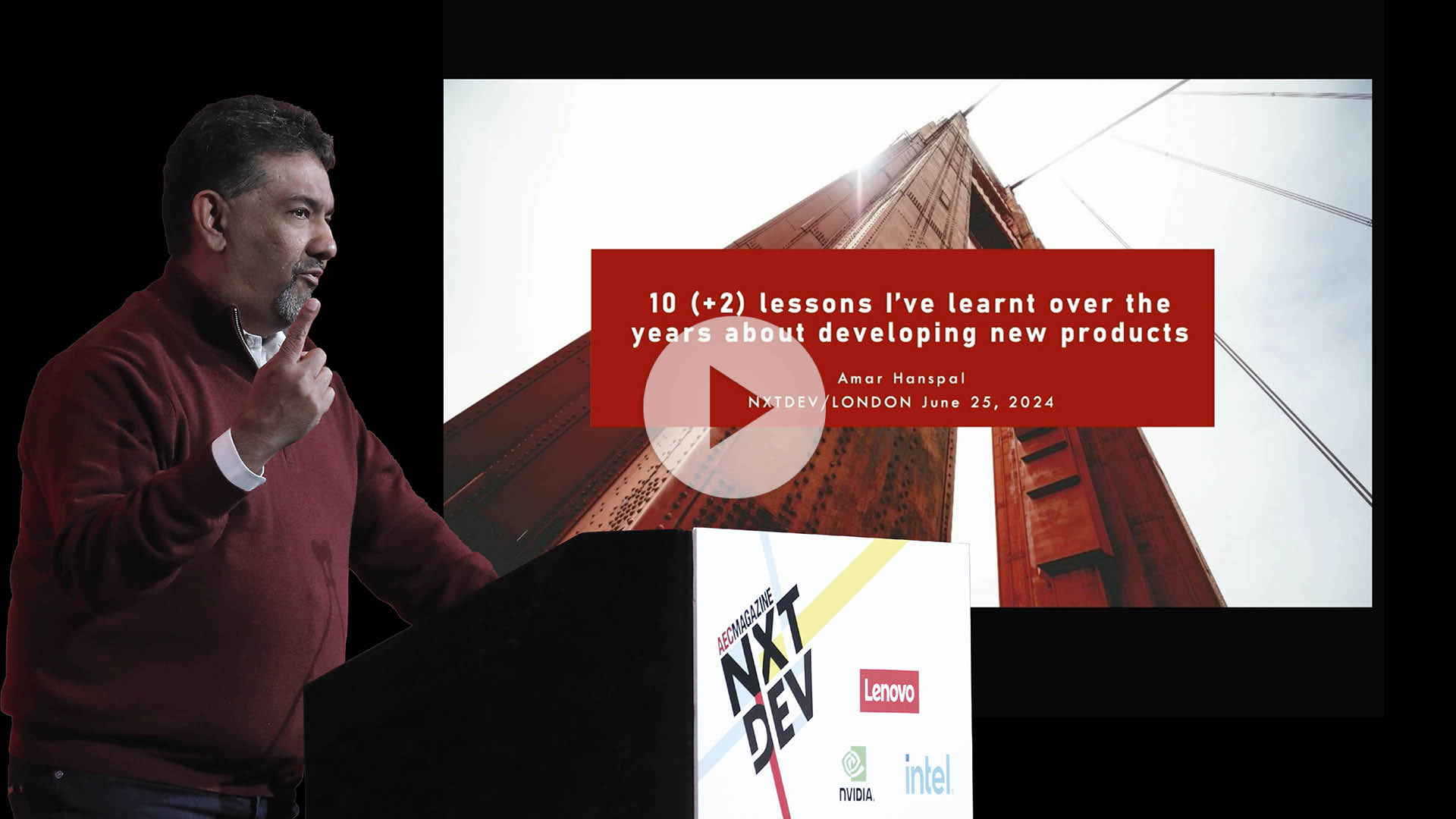
Martyn Day: Are you using a solid modelling engine underneath, like Qonic?
Amar Hanspal: Yes, there is an answer to that, but what we’re coming out with first, won’t need all that complexity, but yeah, of course, we will do all that stuff over time. There is a mixture of tech that we can use – off the shelf – like license one or use something that is relatively open source.
Martyn Day: Most firms who have entered this space, taking on Revit, is the software equivalent of scaling the North face of the Eiger – 20 years of development, multidiscipline, broadly adopted. All of the new tools initially look like SketchUp, as there’s so much to develop. Some have focused on one area, like conceptual, others have opted to develop all over the place to have broad, but shallow functionality. Are you coming to market focussing on a sweet spot?
Amar Hanspal: One of the things we learned from speaking to customers is that [in] this whole concept modelling / Skema / TestFit world there are so many things that developers are doing. We’re going after a different problem set. In some ways, the first thing that we’re doing will feel much more like a companion, collaboration product, and it will look like a creation thing. I don’t want to take anything out of market that feels half incomplete. The lessons we’ve learned from everything is that even to do the MVP (Minimum Viable Product) in modelling, we will be just one of sixteen things that people are using. I think, you know, I’d much rather go up to the North face and scale it.

Martyn Day: Many of the original letter writers were signature architects, complaining that they couldn’t model the geometry in Revit so used Rhino / Grasshopper then dropped the geometry into Revit. So, are you talking to the most demanding group of users to please?
Amar Hanspal: I 100% agree with you. I think someone has to go up the North face of the Eiger. That’s my thing, it’s the hardest thing to do. It’s why we need this special team. It’s why we need this big capital. That’s why Brian and I decided to do it. I was thinking, who else is going to do it? Autodesk isn’t doing it! This Forma stuff isn’t really leading to the reinvention of Revit.
All these small developers that are showing up, are going to the East face. I give them credit. I’m not dissing them, but if they’re not going to scale the North face… I’m like, OK, this is hard, but we have got to go up the North face of the Eiger, and that’s what we’re going to do.
It’s like Onshape [cloud-based MCAD software] took ten years. Autodesk Fusion took ten years. And this might take us ten years to do it – I don’t think it will. So, what you will see from us – and maybe you might even criticise us for – is while we’re scaling, it’s going to look like little, tiny subsets coming out. But there’s no escaping the route we have to go.
Martyn Day: From talking with other developers, it looks like it will take five years to be feature comparative. The problem is products come to the market and aren’t fleshed out, they get evaluated and dismissed because they look like SketchUp, not a Revit replacement and it’s hard to get the market’s attention again after that.
Amar Hanspal: Yeah, I think it’s five years. And that’s why, deliberately, the first product that’s going to come out is not going to be the editor. It’s going to look a little bit more Revizto-like because I think that’s what gives us time to go do the big thing. If you’re gonna come for the King, you better not miss. We’ve got to get to that threshold where somebody looks at it and goes, ‘It doesn’t do 100% but it does 50% or 60%’ or I can do these projects on it and that’s where we are – it’s why we’re working [with] these big guys to keep us honest. When they tell us they can really use this, then we open it up to everybody else. Up until then, we’ll do this other thing that is not a concept modeller but will feel useful.
Martyn Day: How many people are in the team now?
Amar Hanspal: We’re getting 35 plus. I think we’re getting close to 40. It’s mostly engineering people. Up until two weeks ago, it was 32 engineers and myself. Now I have one sales guy, one marketing, so we’ll have a little bit of go to market. But it’s mainly all product people. We are a distributed company, based around Boston, New York or the Bay Area – that’s our core.
We’re constructing the team with three basic capabilities. There’s classic geometry, folks – and these are the usual suspects. The place where we have newer talent is on the cloud side, both on trying to do 3D on the browser front end, and then on the back-end side, when we’re talking about the data structures. None of those people come from CAD companies, none of them, they are all Twitter, Uber or robotics companies – different universes to traditional CAD.
The third skill set that we’re developing is machine learning. Again, none of those guys are coming from Cloud or 3D companies. These are research-focused, coming from first principles, that kind of focus.
Martyn Day: By trying to rethink BIM and being heavily influenced by what came before, like Revit, is there a danger of being constrained by past concepts? Somone described Revit to me as 70s thinking in 80s programming. Obviously now computer science, processors, the cloud have all moved on. The same goes for business models. This weekend, I watched the CEO of Microsoft say SaaS was dead!
Amar Hanspal: We know we’re living in a post subscription world. Post ‘named user’ world is the way I would describe it. The problem with subscription right now, is that it’s all named user, you’ve got to be onboard, and then this token model at Autodesk is if you use the product for 30 seconds, then you get charged for the whole day.
It’s still very tied to, sort of like a human being in front in a chair. That’s what makes the change. Now, what does that end up looking like? You know the prevalent model, there’s three that are getting a lot of interest: one is the Open AI ChatGPT model. It’s get a subscription, you get a bunch of tokens. You exceed them, you get more.
The other one, which I don’t think works in AEC, is outcome-based pricing, which works for callcentres. You close a call, you create seven bucks for the software. I don’t see that happening. What’s the equivalent in AEC time? Produce drawing, seven bucks? What is the equivalent of that? That just seems wrong. I think we’re going to end up in this somewhat hybrid tokenised / ChatGPT style model, but you know we have to figure that out. We have to account for people’s ability to flex up and down. They have work what comes in and out. Yeah, that’s the weakness of the subscription business model, is that customers are just stuck.
Martyn Day: Why didn’t Autodesk redevelop Revit in the 2010 to 2015?
Amar Hanspal: What I remember of those days – it’s been a while – is I think there was a lot of focus on just trying to finish off Revit Structure and MEP. I think that was the one Revit idea, and then suites and subscriptions. There was so much focus on business models on that. But you’re right. I think looking back, that was the time we should have have redone Revit. I started to it with Quantum, but I didn’t last long enough to be able to do it!
Conclusion
One could argue that the decision by Autodesk not to rewrite Revit and minimise the development was a great move, profit-wise. For the last eight years, Revit sales haven’t slowed down and copies are still flying off the shelves. Revit is a mature product with millions of trained users and RVT is the lingua franca of the AEC world, as defined in many contracts. There is proof to the argument that software is sticky and there’s plenty of time with that sticky grip, for Autodesk to flesh out and build its Forma cloud strategy.
Autodesk has taken active interest in the start ups that have appeared, even letting Snaptrude exhibit at Autodesk University, while it assesses the threat and considers investing in or buying useful teams and tech. If there is one thing Autodesk has, it’s deep pockets and throughout its history has bought each subsequent replacement BIM technology – from Architectural Desktop (ADT) to Revit. Forma would have been the first in-house development, although I guess that’s partially come out of the SpaceMaker acquisition.
But this isn’t the whole story. With Revit, it’s not just that the software that is old, or the files are big, or that the Autodesk team has given up on delivering major new productivity benefits. From talking with firms there’s an almost allergic reaction to the business model, coupled with the threat of compliance audits, added to the perceived lack of product development. In the 35+ years of doing this, it’s still odd seeing Autodesk customers inviting in BIM start-ups to try and help the competitive products become match-fit in order to provide real productivity benefits – and this has been happening for two years.
With Hanspal now throwing his hat officially in the ring, it feels like something has changed, without anything changing. The BIM 2.0 movement now has more gravitas, adding momentum to the idea that cloud-based collaborative workflows are now inevitable. This is not to take anything away from Arcol, Snaptrude and Qonic which are possibly years ahead of Motif, having already delivered products to market, with much more to come.
From our conversation with Hanspal, we have an indication of what Motif will be developing without any real physical proof of concept. We know it has substantial backing from major VCs and this all adds to the general assessment that Revit and BIM is ripe for the taking.
At this moment in the AEC space, trying to do a full-frontal assault of the Revit installed-base, is like climbing North Face of the Eiger – you better take a mighty big run up and have plenty of reserves. And, for a long time, it’s going to look like you are going nowhere. Here, Motif is playing its cards close to its chest, unlike the other start-ups which have been sharing in open development from very early on, dropping new capabilities weekly. While it is clear to assess the velocity with which Snaptrude, Arcol and Qonic deliver, I think it’s going to be hard to measure Motif’s modeller technology until it’s considerably along in the development phase. It’s a different approach. It doesn’t mean it’s wrong and with regular workshops and collaboration with the signature architects, there should be some comfort for investors that progress is being made. But, as Hanspal explained, it’s going to be a slow drip of capability.
While Autodesk may have been inquisitive about the new BIM start-ups, I suspect the ex-Autodesk talent in Motif, carrying out a similar Quantum plan, would be seen as a competitor that might do some damage if given space, time and resources. Motif is certainly well funded but with a US-based dev team, it will have a high cash burn rate.
By the same measurement, Snaptrude is way ahead, has a larger, purely Indian development team, with substantially lower costs and lower capital burn rate. Arcol has backing from Tooey Courtemanche (aka Mr. Procore) and Qonic is doing fast things with big datasets that just look like magic and have been totally self-funded. BIM 2.0 already has quality and depth. The challenge is to offer enough benefit, at the right price, to make customers want to switch, for which there is a minimal viable product.
It’s only February and we already know that this will be the year that BIM 2.0 gets real. All the key players and interested parties will all be at our NXT BLD and NXT DEV conferences in London on 11-12 June 2025 – that’s Arcol, Autodesk, Bentley Systems, Dassault Systèmes, Graphisoft, Snaptrude, Qonic and others. As these products are being developed, we need as many AEC firms onboard to helping guide their direction. We need to ensure the next generation of tools are what is needed, not what software programmers think we need, or limited to concepts which constrained workflows in the past. Welcome Motif to the melee for the hearts and minds of next generation users!

